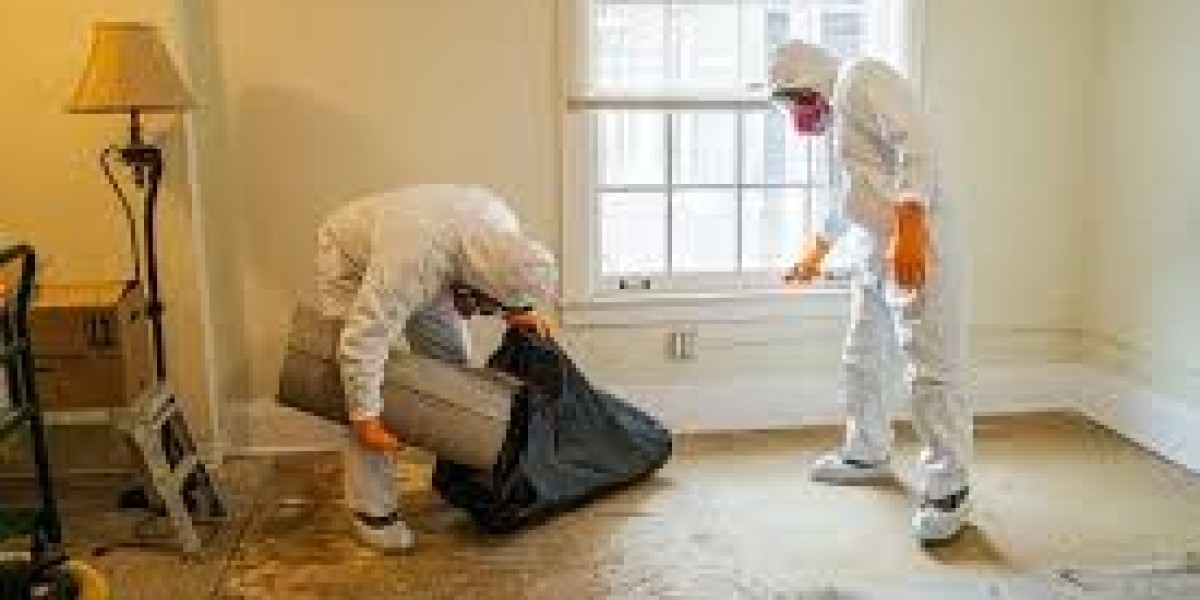Water damage can strike without warning — whether from a burst pipe, heavy rain, or an overflowing appliance. In Fort Worth, Texas, where sudden storms and flash floods are common, quick action is crucial to prevent long-term structural damage and costly repairs. The faster you dry out your home, the better your chances of saving floors, walls, and furniture — and avoiding mold growth.
This guide walks you step-by-step through the drying process after water damage, including when it’s best to call a professional water damage restoration company in Fort Worth, TX.
1. Prioritize Safety First
Before starting any cleanup, make sure your home is safe to enter:
Turn off electricity to the affected area to avoid shocks.
Wear protective gear — gloves, boots, and a mask — especially if floodwater is involved.
Be cautious of structural damage like sagging ceilings or weakened floors.
If you’re unsure about safety, it’s best to have a professional restoration team inspect the property first.
2. Stop the Source of Water
Drying out your house starts with stopping the water at its source:
Plumbing leaks or burst pipes: Shut off the main water valve.
Appliance overflow: Unplug and remove the faulty machine.
Floodwater from storms: Wait until the water recedes and conditions are safe.
In many cases, Fort Worth homeowners call a 24/7 emergency water damage restoration company to handle both water removal and repair.
3. Remove Standing Water
The longer water sits, the more it seeps into walls, floors, and furniture. For small amounts of water, you can use a wet/dry shop vacuum, mops, and towels.
For larger floods, professional-grade submersible pumps and truck-mounted vacuums may be necessary. Many local companies in Fort Worth have this equipment ready for immediate dispatch.
4. Move Belongings to a Dry Area
Furniture, rugs, and electronics should be relocated to a dry location immediately. If items are wet:
Wood furniture: Wipe down and dry completely.
Upholstery: Air dry quickly to prevent mold.
Electronics: Do not plug in until inspected by a technician.
Document all damage for insurance claims — photos and detailed notes are essential.
5. Improve Air Circulation
Once standing water is removed, airflow is key to drying out the space:
Open windows and doors if the weather is dry and not humid.
Use high-powered fans to move air across wet surfaces.
Position fans to blow air out of the house, helping moisture escape.
Professional water damage restoration companies in Fort Worth often use air movers designed to speed up evaporation.
6. Use Dehumidifiers to Remove Moisture
Even after surfaces look dry, moisture can remain inside walls and floors. This hidden dampness can cause mold growth in as little as 24 to 48 hours.
A commercial-grade dehumidifier can pull excess moisture from the air and building materials. Some Fort Worth homeowners rent these machines, but professionals typically monitor humidity levels with specialized tools to ensure complete drying.
7. Dry Out Walls and Floors
Different materials require different drying techniques:
Drywall: May need to be removed if heavily saturated.
Wood floors: Use fans and dehumidifiers; avoid direct heat to prevent warping.
Carpets: Often require professional cleaning and drying to prevent odor and bacteria buildup.
A restoration crew will often remove baseboards and drill small holes to circulate air behind walls — something DIY drying can easily miss.
8. Sanitize the Area
Water damage, especially from floods, can introduce bacteria and contaminants into your home. After drying:
Clean hard surfaces with a disinfectant.
Wash fabrics in hot water.
Use antimicrobial treatments on affected areas to prevent mold.
9. Watch for Mold Growth
Fort Worth’s warm climate can speed up mold growth. Keep an eye out for:
Musty odors
Discoloration on walls or ceilings
Allergic reactions or respiratory issues
If mold appears, don’t attempt to clean it with bleach alone — call a certified mold remediation expert immediately.
10. When to Call a Professional in Fort Worth, Texas
While minor water damage might be handled DIY, you should call a Fort Worth water damage restoration company if:
Water has soaked walls, ceilings, or flooring.
There’s visible mold or a strong musty odor.
You can’t remove all the water within 24 hours.
The damage is from floodwater or sewage.
Professional teams bring specialized drying equipment, moisture meters, and years of experience to restore your home safely and efficiently.
Final Thoughts
Drying out a house after water damage in Fort Worth, Texas, requires fast action, the right equipment, and a focus on safety. While you can take initial steps yourself, working with a local water damage restoration expert ensures every trace of moisture is removed, preventing future mold and structural issues.
If you’re dealing with water damage today, don’t wait — moisture can cause irreversible harm in less than 48 hours. Whether it’s a minor leak or a major flood, professional help can save you time, money, and stress.








